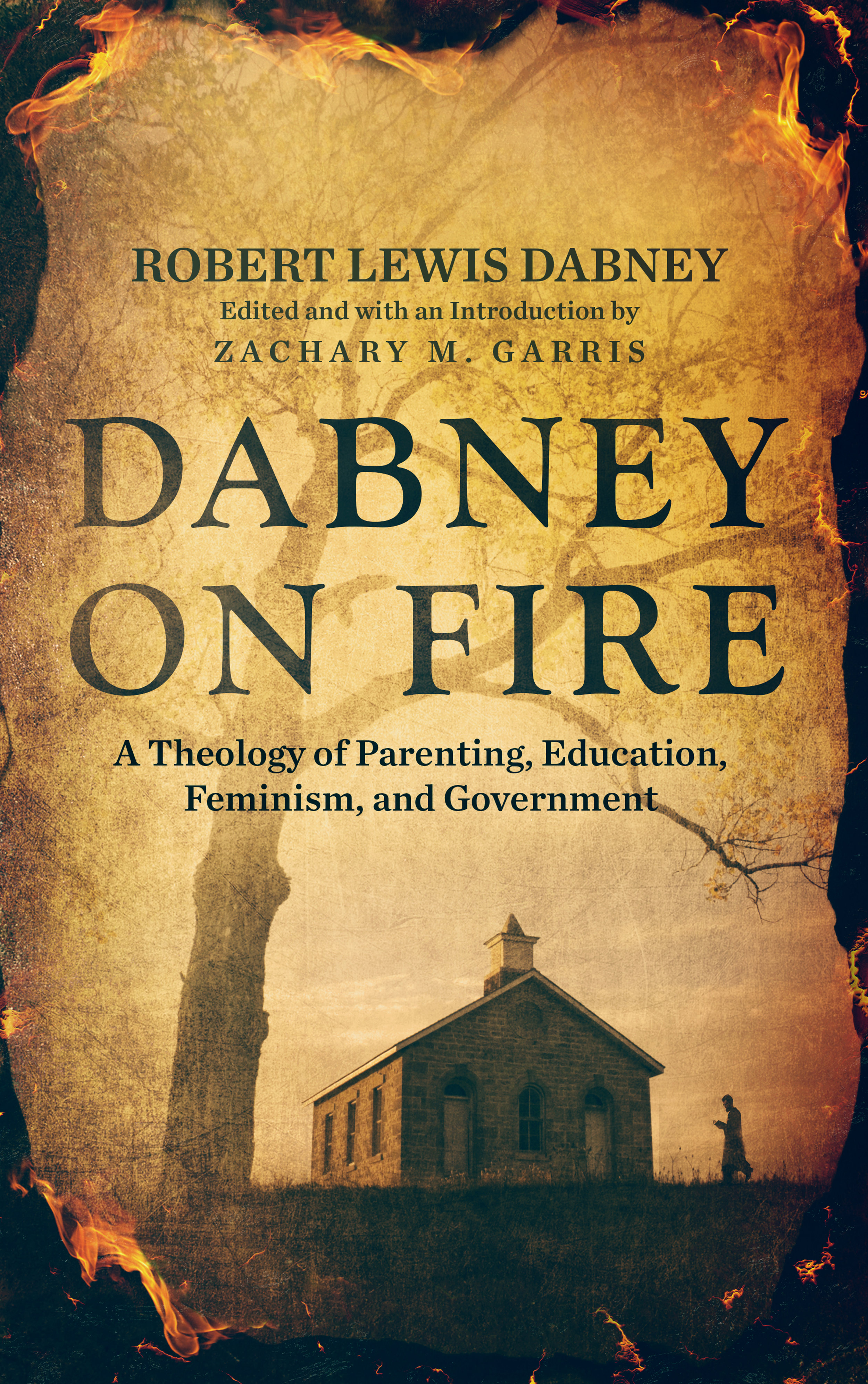Ancient History Curriculum
/I previously recommended that the history of Western civilization be split into three courses, followed by one year of American history:
(1) Ancient History (Ancient Near East, Greece, Rome, early church)
(2) Medieval History (Christendom through the Reformation)
(3) Modern European History (Reformation through the present)
(4) American History
Ancient History
I would now like to recommend some resources for such courses, starting with ancient history. It makes sense to begin the study of history from the beginning. Ancient history should begin with God’s creation of the world and end with the Christianization of the Roman Empire.
Students should start with the study of Genesis chapters 1–11, as this teaches the early history of the world (Adam to Abraham). The early history of the Bible should be followed up with a study of the ancient Near East, including ancient Israel and other major civilizations and empires (Akkad, Egypt, Babylon, Assyria, Hittites, Persia). It is good to be familiar with these ancient civilizations, but they also have the benefit of helping students understand the Old Testament better.
After the Ancient Near East, students ought to give significant attention to ancient Greece and then ancient Rome, as both of these cultures have greatly influenced Western civilization. Rome ought to conclude with a study of the early church and the conversion of Emperor Constantine to Christianity in 312 A.D., which ushered in the age of European Christendom. For structure, ancient history can thus be divided into four sections—(1) Ancient Near East, (2) Ancient Greece, (3) Ancient Rome, (4) Early Church. This is enough content to fill a full-year course.
Ancient History for Children
Though children cannot go as in-depth into these subjects as older students, they can still learn the basics of history. This is a great time to familiarize students with important names and dates and cultivate a love for history through stories. One of the best resources for teaching children history is Susan Wise Bauer’s series for grades 1–6 called The Story of the World: History for the Classical Child. Volume 1 is titled Ancient Times: From the Earliest Nomads to the Last Roman Emperor. There is also an activity book and a test and answer key. Bauer also covers medieval history (volume 2) and modern Europe and America (volume 3 and volume 4).
Ancient History for High School (and Beyond)
History ought to receive greater focus in middle school and particularly in high school. It seems ideal to begin the in-depth study of ancient history sometime around 9th grade. There are several options for study here.For video resources, RonPaulHomeschool.com has two year-long courses on Western civilization, both taught by Tom Woods. Woods is a good historian and an even better teacher. These courses can also be purchased individually from Tom Woods Homeschool. Roman Roads Media has a video series that integrates history and literature.
I also strongly recommend Tom Wood's Liberty Classroom, which has two excellent courses on Western civilization. The first course (see above) covers both ancient history and medieval history. These courses are taught for adults but can also be used by intelligent high schoolers. Liberty Classroom offers many other great courses on history and economics, which can be downloaded and listened to in the car. You can subscribe to all their courses for only $89 per year.
There are lots of great books on ancient history. Let me recommend a few:
Western Civilization by Jackson Spielvogel. This is a college-level history textbook, but it can be used at the high school level. It is well-organized and systematically covers all of Western civilization (ancient, medieval, and modern Europe). It is too long for a one-year world history course and is better suited for at least two years of study. It is usually fair and accurate in its treatment of Christianity (it even uses the notations B.C. and A.D.), though Christians will not agree with everything stated in this book (such as the evolutionary assumptions at the beginning and its claim that Israel modeled its laws after Hammurabi). But most history books today must be filtered, and the very fact that this is a Western civ book says a lot. As a hardcover book that covers most of history, it is a worthwhile purchase. They also sell a two-volume softcover set. Volume 2 is expensive, so it is only a better price if you do plan on covering modern Europe. Volume 1 is cheaper but does not go past 1715.
The Ancient Near East by John McLauglin. This is a fairly short book that covers Mesopotamia, Egypt, Persia, and other nations. Another good resource, though longer and more technical, is Marc Van De Mieroop’s A History of the Ancient Near East ca. 3000–323 B.C. Spielvogel's textbook should sufficiently cover the ancient Near East, but these books are available for those who desire further study.
Ancient Greece by Thomas Martin. This is the best introductory book on ancient Greece. It is both informative and enjoyable. Everyone should have this in their library.
Ancient Rome by Thomas Martin. Martin has also written the best introductory book on ancient Rome. Again, you will learn much and enjoy it. Get this book.
The History of the Ancient World: From the Earliest Accounts to the Fall of Rome by Susan Wise Bauer. This is the adult version of her children’s work mentioned above. This is a long and comprehensive work (almost 900 pages). A true “world history,” Bauer also includes the history of non-Western cultures.
The Early Church by Henry Chadwick. This is a good survey of the history of the early church, from around 100 to 500 A.D. It is not always an easy read, but there are few works of its kind.

























